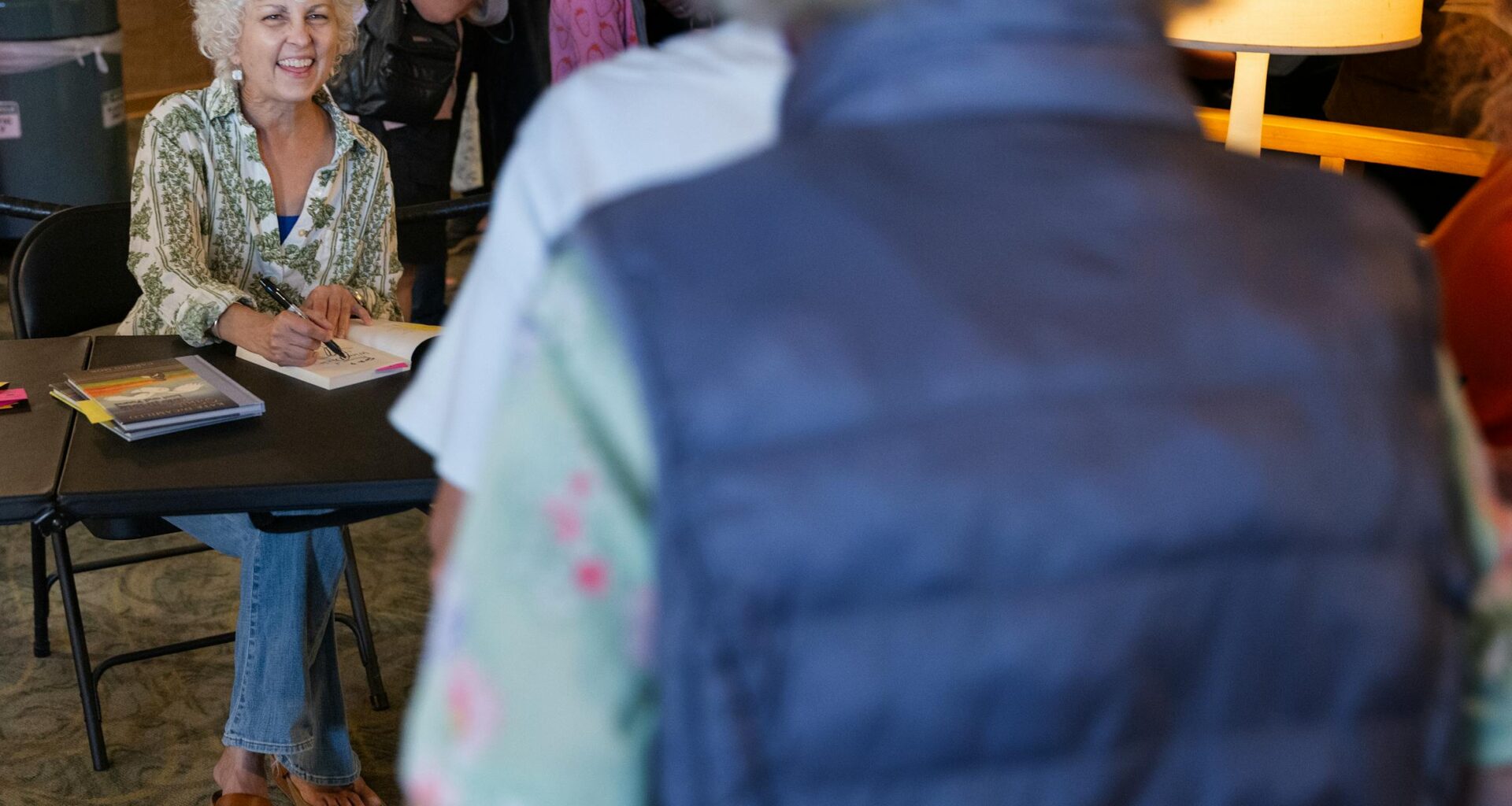A: I didn’t think of it either until somebody who had read it said, “Of course you would write about a small person, being a small person.” You reveal yourself, whether you want to or not. As we’re talking about this, I’m thinking, “OK, there’s the shoemaker element, the small person in a gigantic world.” Going to sea? I have never wanted to go to sea. But wanting to become yourself in the world? That’s basically what Evangeline is doing and that’s something that is very much me.
Q: At the end of “Evangeline,” there’s a sweet note about Denmark, which pops up often in your books, starting with the word “Norendy” coming from Danish writer Isak Dinesen’s work, right?
A: Denmark is very resonant for me because of Dinesen. I’d like to go to her home, which is now a museum. And also because Hans Christian Andersen, another big influence on me, is from there.
Q: He loved a shoe! I like the idea that shoemakers build things people need when they go off on adventures.
A: I never really made this connection, speaking of Hans Christian Andersen, but shoes were a real preoccupation of his. His grandfather was a cobbler, same as my grandfather was a cobbler. It’s very interesting, but also I feel like, “Ooh, don’t look at that too closely.”

